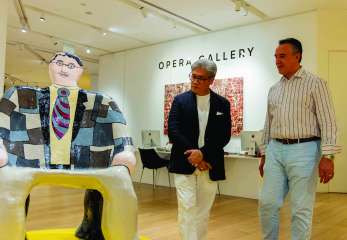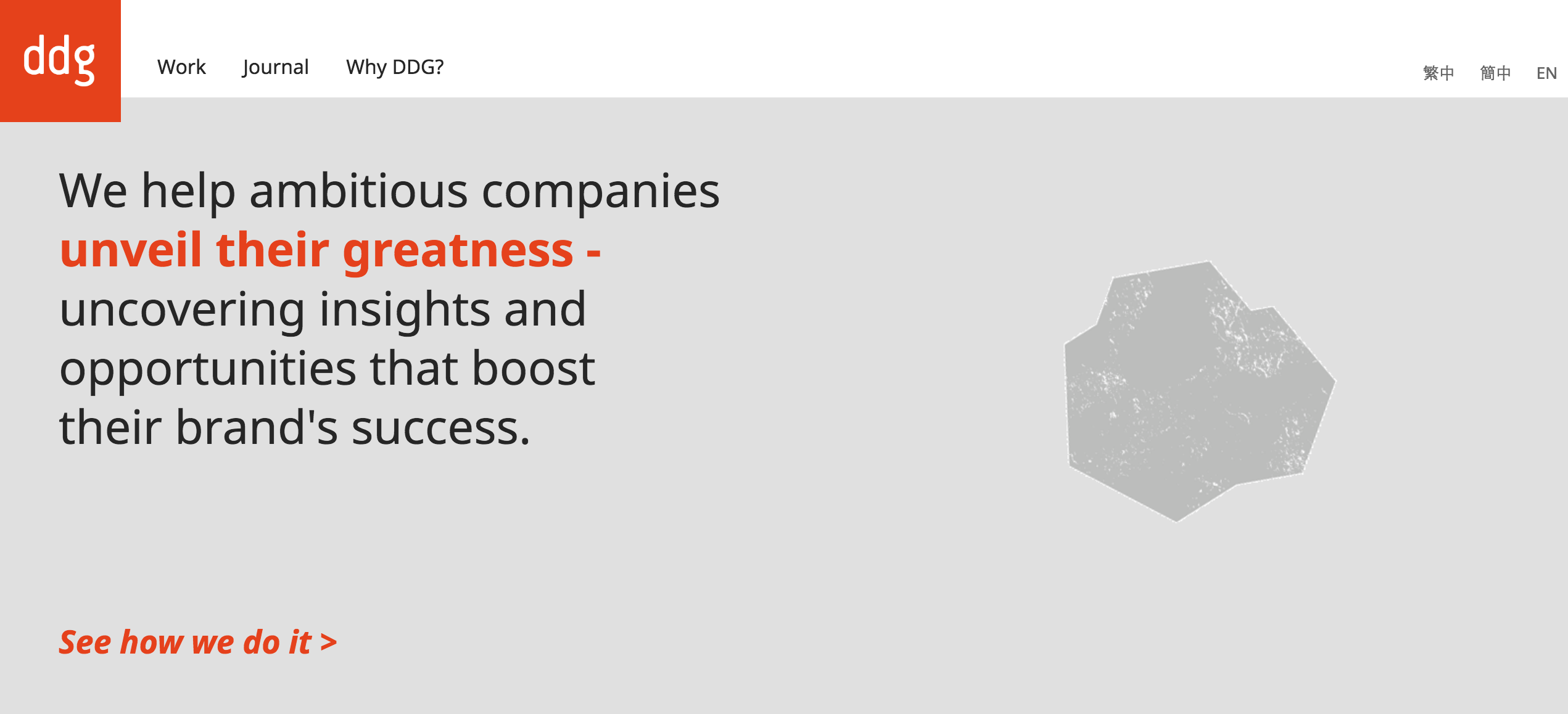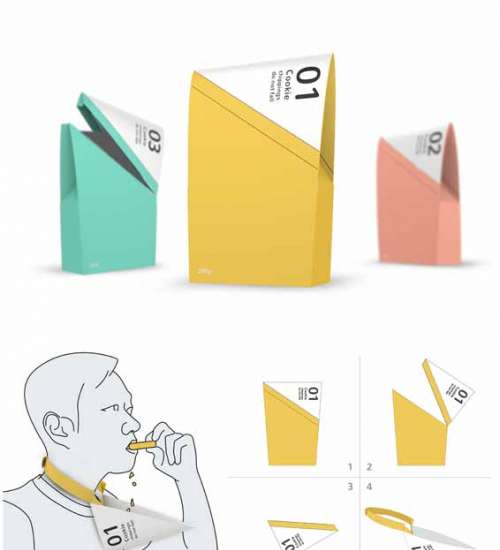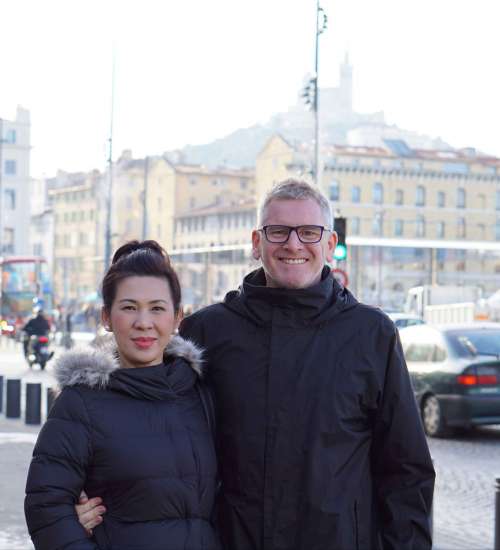“If you start by trying to sell a product, it’s difficult to get any (market) penetration because consumers aren’t just buying products – they’re actually buying an idea, an emotion or a feeling, and brand consultancies like DDG are helping clients establish that,” explains Mr. Mark Stocker, managing director of DDG.
For 23 years since its launch, Taipei-based DDG has worked over 600 companies ranging from two-man operations to businesses with over 200,000 people on its payroll – if one takes into account clients like Delta Electronics, which runs production facilities in China. Mr. Stocker himself has spent over 20 years building global brands, “specializing in corporate branding and transitioning OEMs to branded business models”, according to the DDG company website, ddg.com.tw.
“We help the client tell the value of their product to the marketplace,” Mr. Stocker puts it simply, adding that most of their clients today have already demonstrated that their products are valuable and are simply seeking help in fine-tuning the communication of who they are and what they do. “Sometimes it’s not even about communicating what they are – it’s also about giving them ideas that drive their action.”
Take for example Taiwan’s Giant Manufacturing Co. Ltd. Recognized as the world’s largest manufacturer of bicycles, they wanted to promote themselves as an international brand – but not necessarily Taiwanese. Although Taiwan has an international reputation for making good products, it doesn’t have the culture of cycling, Mr. Stocker elaborates. “People don’t just buy good products, they buy into the culture – what it means to ride a bike, the feeling of riding a bike. And it’s a culture that the Taiwanese didn’t create. Although cycling is very popular in Taiwan now, it has really just come up over the last 10 years.”
About five years ago, Giant Bicycles turned to DDG for help with Liv Cycling, its brand dedicated to women. Launched in 2009, Liv Cycling had accounted for less than five per cent of Giant’s business. Given that the market for women is 50 per cent of the total addressable market, it should be much bigger, Mr. Stocker points out.
“We helped them focus on an idea – a brand catalyst: What needed to happen was for somebody to make cycling appealing and approachable to women. No brand has ever done that on the cycling space.
“The idea got (Liv) to focus on how to make cycling appealing to women, quickly recognizing the changes needed to design the shops, to advertise, and to do events. And in the act of making cycling appeal to women the business began to count. It was not simply a matter of ‘let’s have a nice advertising message and advertise’, it’s about the brand – about someone doing and achieving something. And that’s what we help companies do, even though they’re already successful with the product, some of them haven’t quite figured out the brand part.”
Today, 80 per cent of the companies that DDG works with already have their product, some with well-established brand distribution around the world or across Taiwan. “They come to DDG because they’re struggling managing their brands across multiple countries – perhaps each country is doing its own thing, which could be a bit of a mess,” shares Mr. Stocker.
“Some could be growing very quickly and are having difficulty managing their brand identity alongside growth. And some because the market has changed – there are new competitors, the consumer has changed along with what they’re looking for. These brands have often been in the market for some time and need to revamp themselves, recreate who they are to speak to the market that is today.”
The other 20 per cent are looking to create an identity to go along with their product. “What we help them do is find an idea or philosophy that will resonate with employees in the company so they know where they’re going, and that they resonate with the marketplace.”
Mr. Stocker clarifies that their services differ from advertising. “Advertising is generally figuring out a message that will make consumers buy the product. We’re more about figuring out what makes the company unique, what is the company trying to achieve, how is the company trying to change the marketplace. We have to find the ideas that drive that.”
A Taiwanese LCD display manufacturer had been doing brisk business producing hugely popular monitors with black bezel, until about 2006-2007 when giants like Samsung, HP and Acer started offering similar models that effectively cut off the incumbent’s edge. The company, unsure about how to compete going forward, sought DDG’s help.
“We helped them understand that at that point in time their value was no longer what their products looked like, it was how their monitors adapted to certain environments,” recounts Mr. Stocker. Monitors were increasingly finding use beyond the desk where people did their work, he explains; they were also in different environments – security dental, medical, education – places where nobody really owned the monitor, but belonged to a succession of users.
“It meant they had to meet the requirements of these different environments. And that idea alone made (our client) realize to drop the consumer business and concentrate on those niche applications where the margins and profits were much higher. They ended up being very successful; they did whole new range of products for this niche applications environment. So, in way the brand strategy changed them and how they looked at their own business.”





-ADiN.jpg&w=347&h=240&crop-to-fit)








 Back
Back
